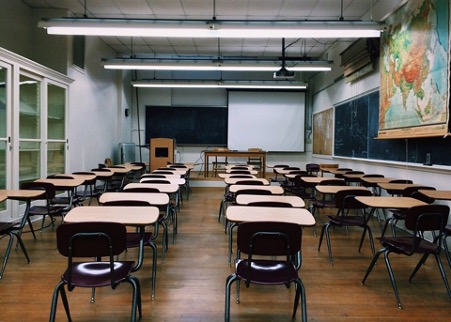The Covid-19 pandemic has affected every aspect of our lives, but the education sector has been hit particularly hard. With widespread school closures, children and young adults across the globe have been forced into online learning, and while teachers have done their best to adapt to these unprecedented circumstances, the experience has not quite been the same. Students have seen their education seriously disrupted, and many parents are hoping that the imminent re-opening of schools in the US will help them get back on track.
However, as the world continues its return to normalcy, there have been widespread concerns regarding the safety of sending kids back to school. Check out the advice below for a brief assessment of the risks, and how they can be managed.
Plans for Re-Opening
If they haven’t already, the majority of schools will be re-opening soon. For the most part, there is expected to be full-time, in-person learning for the 2021-22 school year. Particularly with the roll-out of vaccinations, governments around the world are optimistic that this can be done safely. Young people are much less likely to contract and spread Covid-19 than adults, but the close proximity in schools means the risk of transmission cannot be ignored.
How Are Schools Mitigating the Risks?
There are several measures that schools can take which will help to stop the spread of coronavirus. Make sure to check that your child’s school is taking the necessary safety precautions:
- Encouraging Social and Physical Distancing – By maintaining a suitable distance (3-6 feet) between individuals, the risk of transmission can be limited. Schools can also employ barriers, like BarrierLab’s school sneeze guards, to block the movement of bacteria.
- Cleaning of Common Areas – Desks, surfaces and equipment should be disinfected regularly.
- Limiting Class Sizes – Some schools may reduce the number of students in each classroom to promote social distancing.
- Performing Health Checks – Schools may monitor kids for symptoms of Covid–19, such as checking temperatures on a daily basis. There should be a protocol in place for isolation and Covid testing, in the case that a child falls ill.
What Steps Can Children Take to Help Remain Safe?
Alongside the measures employed by schools, there are several ways in which kids can help to limit the risks to themselves and their parents. If you or your child is in a high-risk group, you may decide to continue with distanced learning. If not, then make sure to take the following safety precautions:
- Wearing Face Coverings – With the exception of those who are exempt, children and adults should wear a mask or cloth face covering at all times.
- Washing Hands – Everyone in school should wash their hands regularly with soap and water.
- Monitoring Symptoms – Most importantly, if you or your child develops symptoms of coronavirus, it is imperative that you stay at home and limit contact with others.
Sending your child back to school can seem scary, especially as the pandemic remains ongoing. However, by adhering to the aforementioned guidelines, the risks of transmission and infection can be reduced, and your child can continue with their education safely.










![Daily Bite [Make]: Philly Cheesesteak Stuffed Bell Peppers](https://dashofwellness.com/wp-content/uploads/2013/01/Philly-Cheesesteak-Stuffed-Pepper-Daily-Bite-1-100x70.png)
